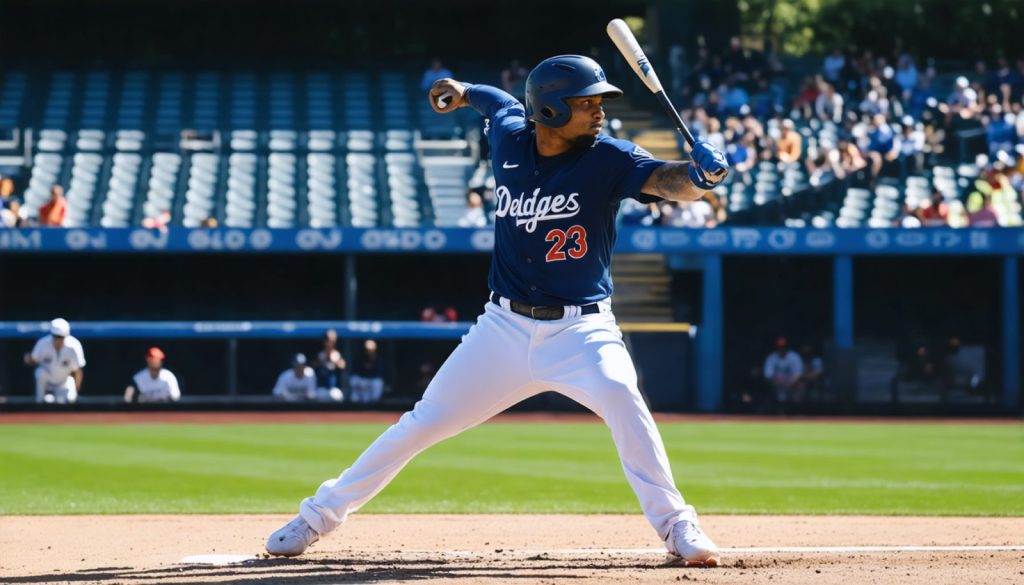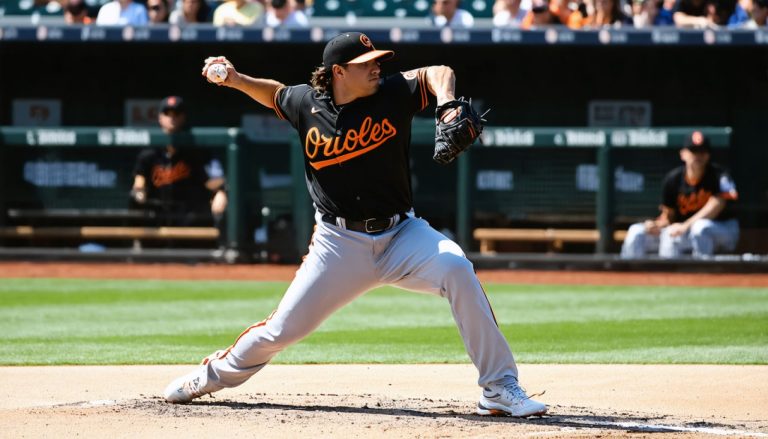
- The Baltimore Orioles are innovating with AI-driven scouting, utilizing “PitcherNet” from a partnership with the University of Waterloo.
- PitcherNet analyzes pitcher mechanics from ordinary video, eliminating the need for expensive, high-speed equipment.
- Motivated by rising pitching injuries, the Orioles aim to proactively identify risks and weaknesses before contract signings.
- The Orioles’ approach boasts a 97% accuracy rate, stemming from customized research investment rather than off-the-shelf solutions.
- Other teams like the Dodgers and Giants are also adopting AI in scouting to predict player potential and enhance techniques.
- Technology is emerging as essential in baseball, transforming how the game is played, scouted, and celebrated.
As the sun dipped behind the empty bleachers, the Baltimore Orioles embarked on an unusual mission, pioneering an undercurrent set to reshape Major League Baseball. The ballpark, devoid of fans and the usual game-day cacophony, became the proving ground for an innovation that could change the landscape of baseball scouting.
In today’s era of big names and bigger budgets, the Orioles are deviating from the beaten path. Their secret weapon? A sophisticated dance with data, spearheaded by PitcherNet, an artificial intelligence marvel emerging from their partnership with Canada’s University of Waterloo. Under the guidance of assistant GM Sig Mejdal, whose data cred includes a NASA background, the Orioles are maneuvering into uncharted territories of biomechanics and machine learning.
Behind PitcherNet’s facade is an AI system that conjures insights from what appears to be the simplest of sources—ordinary video. It deciphers pitcher mechanics—analyzing release points and skeletal movements—all from the grainy footage of phone cameras. Gone are the days when capturing such intricate metrics required expensive, high-speed equipment.
Why now, you might wonder? With escalating pitching injuries, the Orioles turned to technology to preemptively address risks, aiming to identify weaknesses before contracts are signed. The state of pitching requires a commitment to both innovation and precision. Think of it as carrying Statcast without the equipment, offering lab-like analysis of players who might otherwise remain off the radar.
Rewind to 2022. This journey started with a motion-capture lab in Bel Air, but the real ignition came from moving away from off-the-shelf software solutions. By investing directly in Waterloo’s cutting-edge research, the Orioles secured a nearly 97 percent accuracy rate—a testament to the potential of their tailored approach.
Yet, the Orioles are not alone in harnessing the digital revolution. Other franchises like the Dodgers and Giants are also scripting their stories in the annals of AI-driven scouting. The Dodgers, synonymous with analytics, are crafting machine learning models that predict star potential and simulate outcomes with precision rivaled by few. Meanwhile, the Giants leverage Mustard’s AI to refine pitching techniques.
This silent revolution is not just the frontiers of baseball; it is a new baseline. Technology is no longer a novelty—it is a necessity. Baseball’s future doesn’t just loom on the horizon; it’s already stepping up to the plate, redefining how the game is played, scouted, and celebrated. As the Orioles march on, perhaps the real game-changer isn’t a player in cleats, but a series of algorithms reshaping America’s favorite pastime.
How AI Is Pitching a Game-Changer in Baseball’s Future
Introduction to Baseball’s AI Revolution
The Baltimore Orioles are rewriting the playbook for Major League Baseball by integrating advanced artificial intelligence (AI) into their scouting processes. This initiative is primarily driven by their groundbreaking system, PitcherNet, developed in collaboration with Canada’s University of Waterloo. Spearheading this venture is assistant GM Sig Mejdal, who brings a unique perspective with his NASA experience. The Orioles are leading a new era in scouting by using AI to predict and potentially prevent player injuries while identifying promising talent overlooked by traditional methods.
Breaking Down PitcherNet: How It Works
1. Video Analysis:
PitcherNet utilizes AI to extract insights from simple video footage, negating the need for costly high-speed cameras. This approach makes extensive data collection feasible at a fraction of the cost.
2. Biomechanical Analysis:
By examining everything from release points to skeletal movements, PitcherNet provides detailed biomechanical data that helps identify inefficiencies or risky mechanics in a pitcher’s delivery.
3. Injury Prevention:
The Orioles focus on preemptively identifying potential injury risks. Given the high incidence of pitching injuries, this data helps guide decisions before player contracts are finalized.
Why Shift to AI-Powered Scouting Now?
The surge in pitching injuries and the financial implications associated with sidelined athletes have intensified the need for better predictive tools. AI offers a way to mitigate these risks while uncovering talent overlooked by traditional metrics.
Other Teams Joining the AI Journey
– Los Angeles Dodgers: Known for their analytical approach, the Dodgers are using machine learning models to predict player performance and forecast game outcomes.
– San Francisco Giants: The Giants utilize Mustard’s AI to enhance pitching techniques, emphasizing fine-tuning mechanics and form.
Pros & Cons of AI in Baseball Scouting
Pros:
– Cost-Effectiveness: Reduces the need for expensive equipment.
– Precision: Offers near 97% accuracy in identifying player metrics.
– Talent Discovery: Enables teams to find potential players who may be missed by conventional scouting.
Cons:
– Data Dependency: Relies heavily on the quality and quantity of available data.
– Technology Barrier: Teams without the resources to invest in AI may fall behind.
Current Trends and Future Predictions
AI’s integration into baseball is not a mere trend but a foundational shift. As technology continues to evolve, we can expect even more sophisticated models predicting not only player success but also potential in-game outcomes. Future advancements may include real-time coaching insights during games, further blending the lines between data science and sports strategy.
Quick Tips for Teams Considering AI Integration
1. Start Small: Begin with pilot projects to validate AI models before full-scale deployment.
2. Partner with Experts: Collaborate with tech institutions to leverage groundbreaking research and technology.
3. Focus on Usability: Ensure that insights delivered by AI tools are understandable and actionable by coaching staff.
Explore More Innovations in Baseball
To dive deeper into AI and technology’s impact on baseball and other sports, explore what pioneers in sports analytics are achieving by visiting Major League Baseball.
Conclusion
As the Baltimore Orioles continue their pioneering journey, PitcherNet exemplifies the strategic role AI is set to play in professional sports. This blend of innovation and traditional talent scouting is paving the way for a more data-driven, efficient, and exciting future for baseball.



